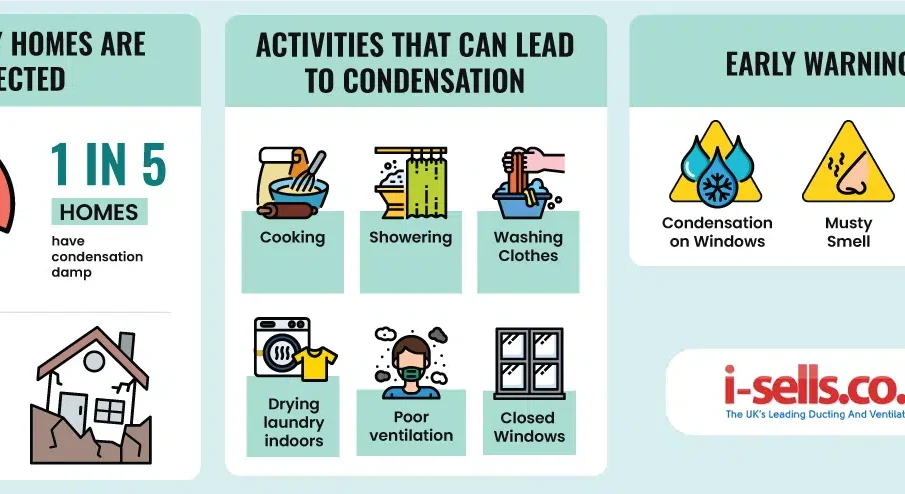Awaab’s Law: A Crucial Step Towards Housing Safety

Introduction
Awaab’s Law has emerged as a significant piece of legislation in the United Kingdom, aimed at ensuring safe housing standards for all tenants. Named after Awaab Ishak, a young boy who tragically lost his life due to exposure to damp and mould in his home, this law has drawn national attention to the dangers of substandard housing conditions. The importance of this legislation lies in its potential to save lives and improve the living conditions of vulnerable residents across the country.
The Context Behind Awaab’s Law
The heartbreaking case of Awaab Ishak, who died in December 2020, sparked public outcry and prompted calls for urgent reform in housing regulations. His family reported ongoing mould issues in their home in Rochdale, Greater Manchester, which landlords failed to address despite multiple complaints. This tragedy highlighted a critical gap in the enforcement of housing standards and tenant rights, underscoring the need for legislative action to protect residents from hazardous living environments.
Key Provisions of Awaab’s Law
Awaab’s Law introduces several crucial measures aimed at enhancing the safety and quality of housing in England. Among the key provisions:
- Mandatory Reporting: Landlords must report and respond to mould and damp issues promptly, ensuring that tenants are provided a safe living environment.
- Rigorous Standards: The law sets clear standards for the conditions of rental properties, mandating regular inspections and maintenance checks by landlords.
- Tenant Protection: It strengthens tenants’ rights, giving them the ability to challenge landlords that fail to meet the new safety regulations without fearing eviction or penalties.
Impact and Significance
The implementation of Awaab’s Law is expected to create a significant impact on the housing sector. By enforcing stricter regulations, this legislation aims to reduce incidents of health issues related to poor housing, such as respiratory illnesses linked to damp environments. Housing advocates and organisations have welcomed the law, viewing it as a breakthrough in tenant safety rights and an essential step towards holding landlords accountable for property conditions.
Conclusion
Awaab’s Law represents a landmark change in the UK’s housing legislation landscape, introducing vital protections for renters facing unsafe conditions. Its successful enforcement will rely heavily on the cooperation of landlords, local authorities, and housing organisations. Observers predict that if implemented effectively, this law could pave the way for further reforms to enhance tenant safety and well-being in the UK, ultimately leading to healthier and safer living environments for all.









